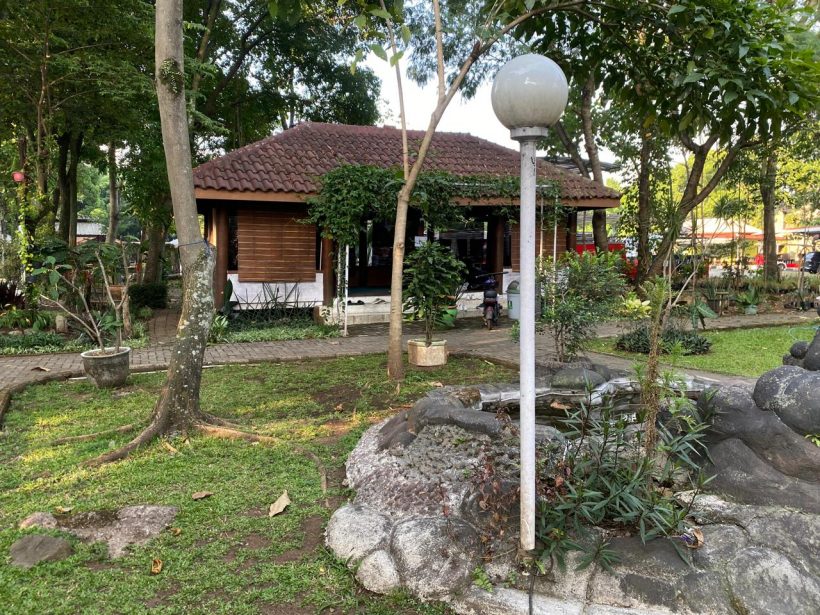Amidst the rows of towering concrete buildings and congested streets and the never-ending hustle and bustle of the city, creating and preserving green spaces is no longer just a good choice or an additional aesthetic, but an unavoidable need, even in an academic environment like Telkom University.
The “green space in a city”
Concept bring to mind sprawling parks or quiet gardens, at Telkom University. Green spaces The trees, gardens, and shaded seating spots offer places for students to gather, reflect, and recharge between classes. Research shows that spending time in natural settings can reduce stress and increase concentration, so these green spaces play a vital role in enhancing students’ productivity and well-being.
Green spaces at Telkom University
Are more than just for aesthetics or a moment of calm. They actively contribute to a healthier ecosystem. Trees and plants absorb carbon dioxide, produce oxygen, and help to cool the air a vital function in Bandung’s warm climate. They also play a key role in managing stormwater, reducing the risk of flooding and keeping the campus safe during heavy rains. By incorporating green spaces into the campus layout, Telkom University is not only creating a better environment for its students but is also making an effort to contribute positively to the environment at large.
But perhaps one of the most meaningful aspects of these green spaces is their impact on the campus culture. Gathering in these spaces for group discussions or quiet breaks, they share an environment designed to foster collaboration and comfort. These green spaces transform Telkom University from a simple place of learning into a place where students feel at home, surrounded by nature.
Telkom University’s commitment to maintaining a lush campus goes beyond just providing a place to learn. It’s a dedication to creating a sustainable.


Leave a Reply